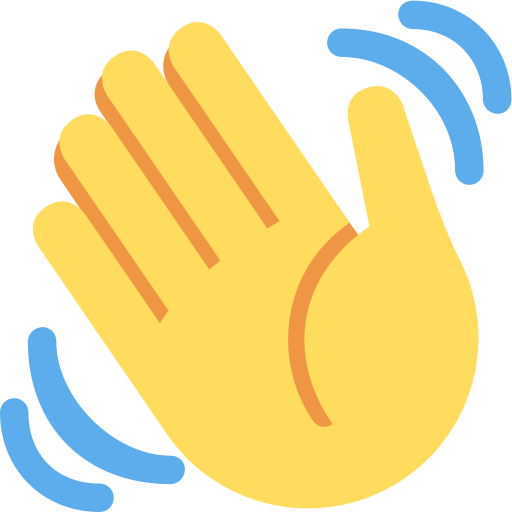After the spread of COVID-19 reached every state in the U.S., people became more cautious about the products and services they use. If someone was planning to remodel their kitchen before the coronavirus, they would think twice before going through with this plan in the present situation. They would be more likely to postpone the project until things cool off.
As a remodeling company, it is your job to reassure customers you’re taking all necessary precautions to protect them, their property, and your employees. To help you achieve that, we have compiled a list of important measures and general guidance so you can ensure the safety of your operations.
General Prevention Measures
The globally accepted health measures about personal hygiene apply to everyone at all times. This means you need to promote frequent handwashing for at least 20 seconds or the use of hand sanitizer with at least 60% alcohol. All tools, door handles, and other touch surfaces have to be regularly disinfected, both while on the job and before each new gig. Your team has to be equipped with the standard personal protective equipment (PPE) together with any additional protection that may be required due to COVID-19.
Educate your employees on the signs and symptoms of COVID-19 and explain the importance of following these measures at all times. They should avoid touching their face, nose, or mouth with unwashed or unprotected hands.
Health & Safety Measures on the Job Site
As a remodeling company, your team is part of the construction industry, and OSHA has created specific guidance that includes:
- Placing physical barriers such as closed doors, plastic sheeting, and walls to separate workers from individuals showing symptoms or experiencing signs of COVID-19.
- Keeping face-to-face meetings as short as possible or replacing them with virtual interaction. If you can’t avoid in-person conversations, make sure to limit the number of people in attendance and keep at least 6 feet apart.
- Screening calls when making appointments for indoor remodeling work to assess potential choke points (where social distancing of 6ft isn’t possible), exposures, and circumstances in the environment before the team goes there. That way, you can be as prepared as possible.
- Requesting that property owners ensure good airflow in shared spaces in home environments where your team will be doing remodeling work.
- Staggering work schedules and shifts to ensure physical distancing and avoid clustering people together. It also helps as it reduces the total number of team members on a job site at any given moment.
- Assigning specific tasks to certain people to avoid overlapping of chores and sharing equipment, tools, etc.
Health Measures for Handyman Professionals
Since handyman jobs are typically less planned in advance compared to most remodeling projects, there is less time for you to respond to an inquiry. The most important thing is to switch to virtual estimates. Ask the client to send you pictures of their broken door or chipped drywall or other type of handyman need. Inquire about the details over the phone so you can give an adequate assessment without having to go on-location.
Explain to them why you’re taking this measure as it will help them feel safer about choosing your service. Showing how thoughtful will immediately get customers on your side.
This is important so you can avoid unnecessary contact with others. In addition to that, always inquire that the property you will be visiting doesn’t have someone who’s symptomatic of COVID-19 or has been in contact with someone who is. Always wear protective gear and ask that the customers keep at least 6 feet away from you and your team. Disinfect any touch surfaces you’ve come in contact with during the service when you finish the job.
Risk Assessment
It is your job as an employer to recognize personal risk factors. This means, look into your employees and identify those people who have a higher risk of contracting the virus. This includes older adults with heart or lung disease, diabetes, asthma, or other underlying conditions, particularly of the respiratory system.
Make sure these team members are as protected as possible because there are many people who have contracted the virus without showing any signs of it. They can still infect others who may not be as able to fight off coronavirus as easily. Just because someone isn’t showing signs of an infection, it doesn’t mean they aren’t sick.
Visit the official Centers for Disease Control and Prevention (CDC) and the World Health Organization websites for more resources and information. If your business was specifically affected by the outbreak, make sure to post a COVID-19 update on your Google My Business profile as well.



